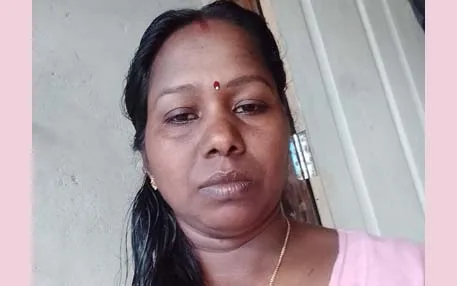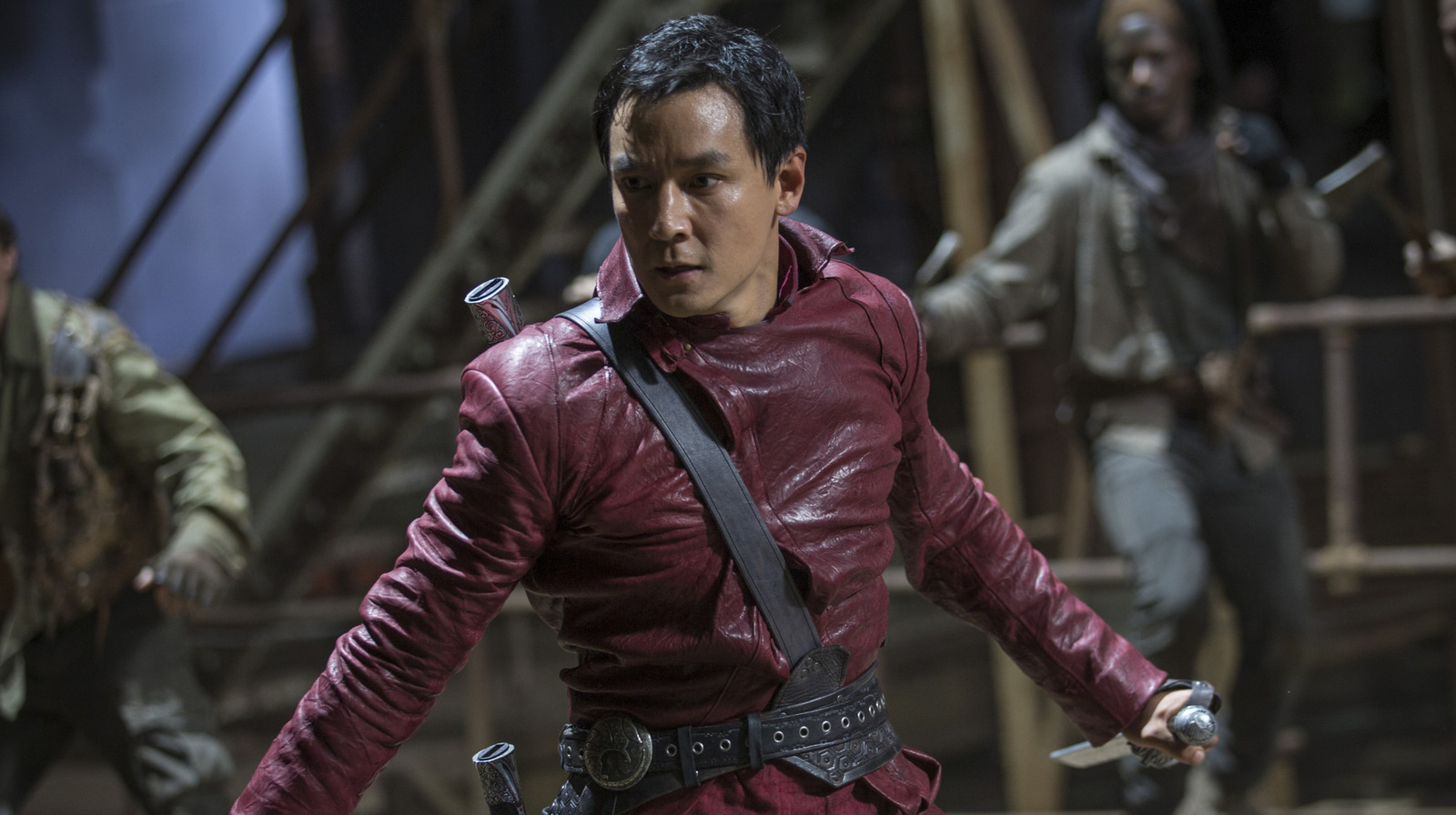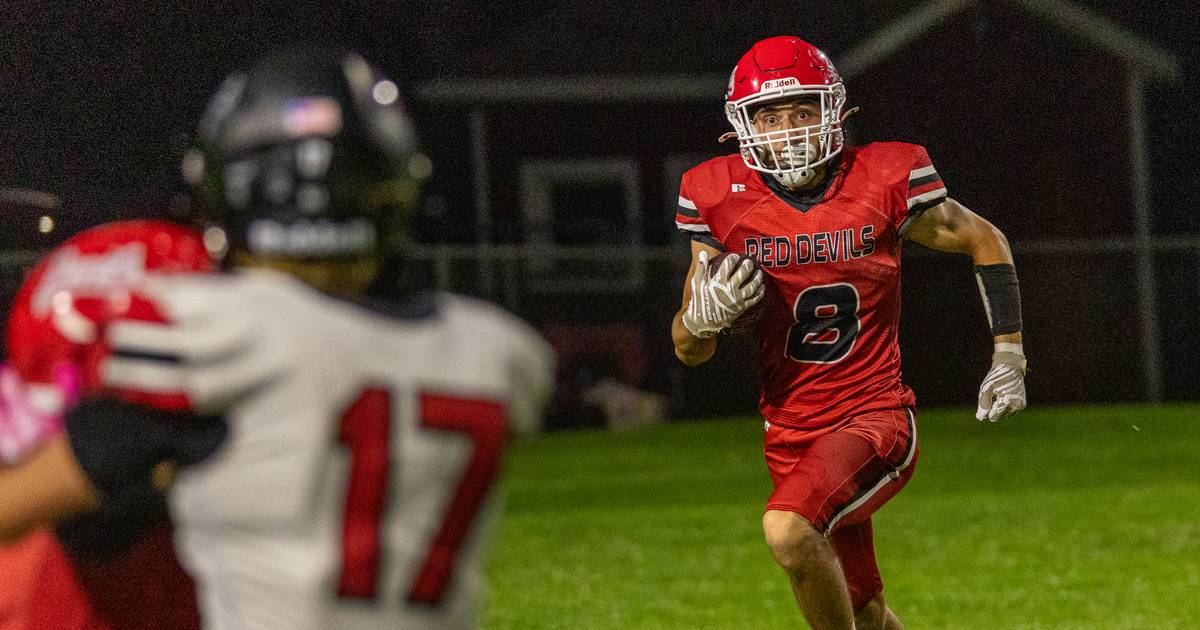Copyright theconversation

Children and young adults are very much involved in campaigning against the climate change that older generations have caused. The global youth climate justice movement uses protests, strikes and court cases to block fossil fuel expansion. But do they have any say in what their governments do to address climate change, or a voice at the annual COP climate change conferences, where the world’s leaders make important climate decisions? Research by Florencia Paz Landeira, Alicia O'Sullivan, Aoife Daly and Katie Reid, law scholars for the Youth Climate Justice Project, discuss what needs to be done to give the young a say in climate decisions. How are young people from Africa being kept out of COP? Young people from all over the world face obstacles in accessing and participating in the COP conferences. For example, many have experienced logistical challenges with travel, accommodation, vaccine and visa arrangements and costs. For some, this meant they could not attend. These problems happen to young people from the global south more than to those from more affluent countries. The result is that older people or relatively privileged young people can become over-represented at climate summits. It creates a bias that can skew agendas and which voices are heard. Read more: Engage, Educate and Empower: The 3 Es to discuss climate change with children Youth from the Middle East and North Africa have also experienced tokenism at COP meetings. This is also known as “youth washing”, where their presence at globally important meetings is celebrated, while their demands are minimised or ignored. What do young people think about this? We interviewed 22 children and young adult climate advocates from different countries, including Africa, who were aged 11 to 29 at the time they attended (or tried to attend) a COP meeting. Many had already directly experienced the impacts of the climate crisis and environmental injustice. Attending a COP climate change conference would have enabled them to take their local climate advocacy to the international level. Our findings confirmed the research we reviewed: that it was really difficult for them to attend COP. As one 23-year-old said: I was given a ticket and a place to stay, but no one really prepared me for the labyrinth of negotiations and bureaucratic hurdles inside COP. As our study focused on children, we found under-18s experienced unique barriers and challenges when trying to participate. As one said: I attended my first COP when I was 16, and I was in that grey area – not quite a kid, but not quite an adult either. I even met a girl who was seven or eight years old at COP28, which was incredible. But she told me she often felt undermined because she was so young, even though being at COP28 means you’re already doing something most adults never achieve. Read more: Throwing soup on a Van Gogh and other ways young climate activists are making their voices heard Children and young adults highlighted their frustrations about having photos taken of them or appearing in side events, but rarely welcomed into the decision-making spaces. They also expressed concern at situations where a single child or youth representative would be called upon to speak for all. We also found that participants who were younger, female, nonbinary, from less privileged backgrounds, or whose first language was not English, were more likely to experience discrimination and exclusion. Young people told us it was stressful to take part in such high-pressure, adult-led environments without enough support. Applying for visas, feeling under pressure to represent entire communities, and a fear of speaking out affected children and youth emotionally. Several participants experienced burnout or a sense of “eco-anxiety” made worse by COP’s slow negotiations and disappointing outcomes. Read more: Climate crisis: how states may be held responsible for impact on children At the same time, they felt strongly that child and youth participation at COP was very important. At these meetings, children and young adults develop confidence and climate policy literacy, access networking opportunities, and gain visibility and media attention. Connecting with youth networks helps them to develop collective actions (such as policy briefs, silent marches and side events). These push the official negotiators to be more ambitious. As one 25-year-old said: At COP29 (in 2024) youth voices were strong. We didn’t stay silent. We organised a night vigil on Saturday and engaged in silent actions with negotiators. Initially, the climate finance commitment was set at US$250 billion per year, but through our participation and activism, it was increased to US$300 billion. That felt like a direct impact of our involvement and energy at COP. Read more: Young climate activists have far more power than they realise Mentorship and support from adults and older youth helped them to understand the complexities of COP, including how to register for events, understand texts that were being negotiated and network effectively. Those supported by organisations or governments said it was helpful, as they had training, emotional support, safe spaces, and help to attend events. What needs to happen next? Governments, non-governmental organisations and others need to recognise and support child- and youth-led efforts. Children and young adults are already leading climate advocacy and collective action. With resourcing and support, they will be able to continue creating cross-border alliances, high impact communication strategies and joint climate action efforts. Governments and non-governmental organisations also need to consider how they can better amplify young people’s demands and ensure that those attending COP are properly supported to access and meaningfully engage in such spaces. Read more: Youth activists are now real agents of change at global climate summits Children’s rights, as outlined in the United Nations Convention on the Rights of the Child, need to be better recognised in climate governance. This would make sure that children’s rights are considered as part of the negotiations, and incorporated into decisions, protecting children’s rights today and in the future.



